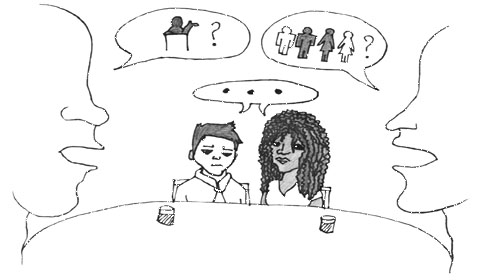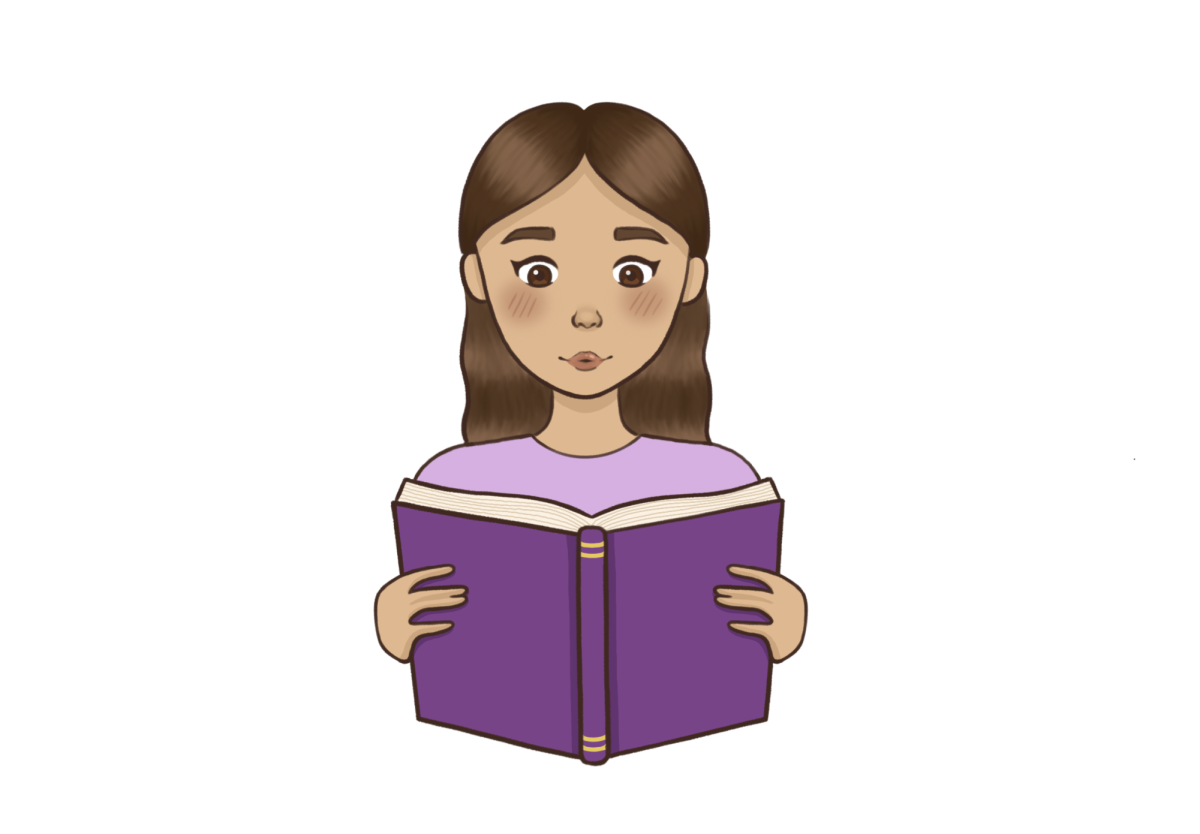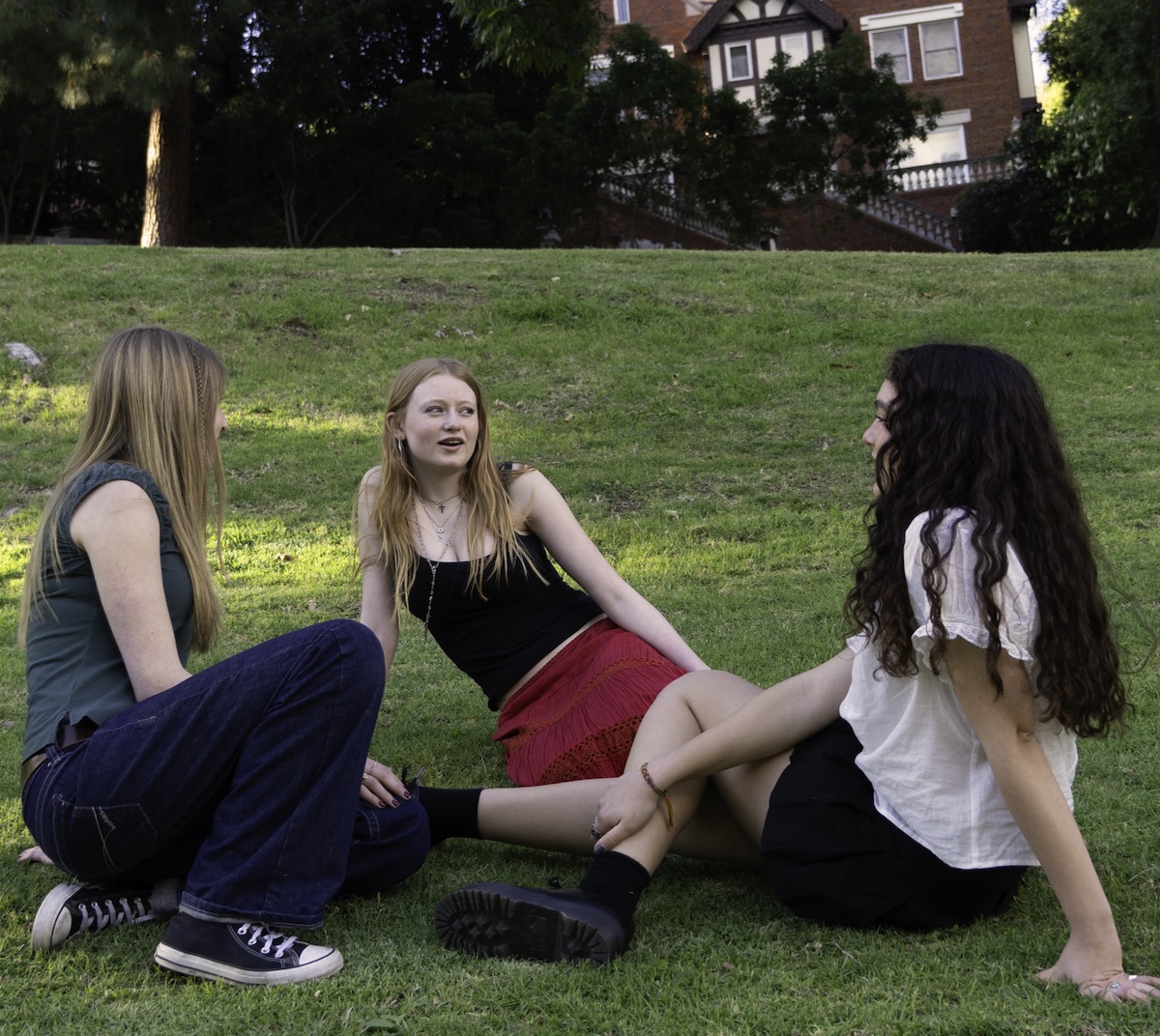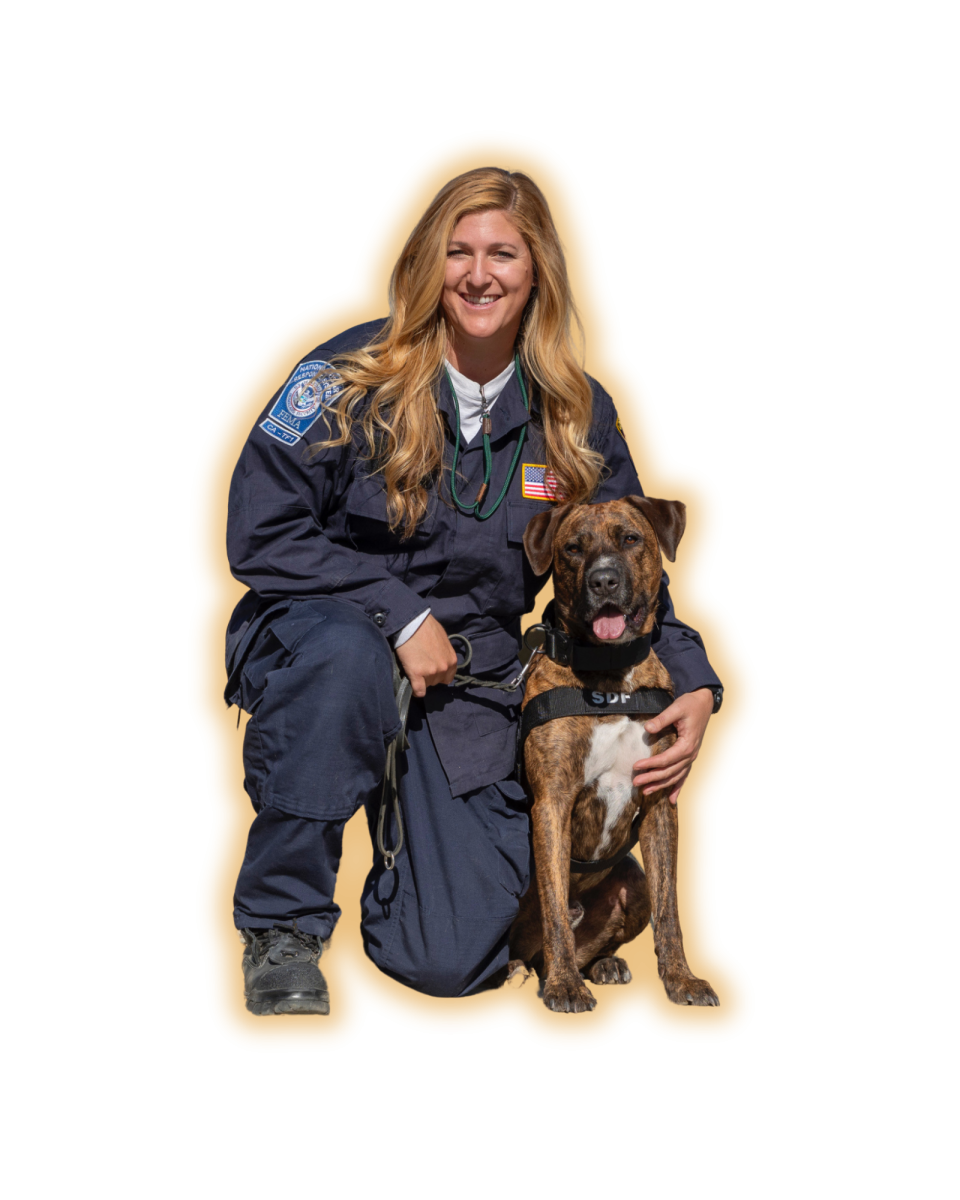
By: Caroline ’14, Alyce ’16 and Christina ’16
As an 8th grader, Sonia ’14 walked into one of her classrooms to overhear a fellow student describing Christian baptisms as “weird” and “tribal.” Sonia, who is Catholic, found the comment offensive and wished that she had had the confidence and skills to address the issue directly.
Moments such as this one illustrate the need for the Marlborough community to become more confident and informed in conversations pertaining not only to religious diversity, but also to issues regarding race, socioeconomics, sexuality, gender and background or ethnicity.
The Strategic Plan is comprised of four overarching goals that Marlborough hopes to fulfill by 2020. The fourth goal, Engaging Locally, Leading Globally, contains the objective of “preserv[ing] and enhanc[ing] a diverse community as a unique attribute of the School.” Thus, Marlborough has begun to take a more serious look at diversity, encouraging open discussions through initiatives like Face-It, modifying course curricula to introduce more varying cultural perspectives, and taking steps to diversify the faculty.
How have the teachers been affected by the School’s recent efforts? What are the plans regarding the student body? How are students responding to the changes?
DIVERSIFYING THE FACULTY
Though many of Marlborough’s efforts regarding diversity have been ongoing over the past few years, the beginning of the 2013-2014 school year brought an expansion of the School’s initiatives to increase the diversity of the faculty and encourage discussion among the teaching community.
According to Head of School Barbara Wagner, one of the School’s main goals is to have a more diverse faculty. The School uses the term “diverse” to encompass racial, socio-economic, ethnic, religious and geographical diversity.
In 2011-2012, 20% of the faculty were self-identified people of color. Over the past three years, this number has increased by only 1%, in contrast to the Marlborough staff, 54% of whom are employees of color.
Wagner explained the rationale for wanting a diverse faculty.
“We want students to be here that we feel are going to contribute to the School. We want the same thing for employees. But we would like our students, of all colors, shapes and sizes, to see adults of all colors, shapes and sizes in front of them,” Wagner said.
In pursuit of the goal of increasing faculty diversity, the School created two focus groups comprised of Marlborough parents, alumnae and current board members.
English instructor and Co-Chair of the Diversity Committee Chris Thompson explained that Marlborough hopes to use the connections and academic contacts that members of the focus groups possess to aid in the search for more candidates of color.
Additionally, Marlborough works with agencies that identify teaching candidates of color for the School’s consideration. According to Assistant Head of School and Head of Upper School Laura Hotchkiss ‘86, some of the agencies who send the School resumes of qualified teachers will flag the ones from candidates of color, while others provide Marlborough exclusively with resumes from teachers of color. She added that this practice has been in use for many years.
Efforts have also been made to increase professional development opportunities for faculty to discuss issues related to diversity at the School. In August 2013, Alison Park of Blink Consulting hosted a half-day workshop for faculty about discussing diversity in the classroom. A similar workshop is planned for this February.
Additionally, after Performing Arts instructor and Co-Chair of the Diversity Committee Mpambo Wina first proposed the idea, Performing Arts instructor Gleason Bauer organized a diversity-related discussion group for interested faculty and staff. During the first meeting, which attracted around 15 employees, the group discussed an article. Bauer said that she hoped the benefits of the discussion group would extend to the rest of the School community.
“Together as an adult community we can feel more confident in speaking about issues of diversity. If we can speak amongst ourselves, then maybe when an awkward moment comes up with a student or inside the community, people feel a little bit empowered,” she said.
EFFORTS FOR STUDENTS
The administration has also taken steps to create a more open-minded student body. Through new initiatives, the School hopes to expose students to people and ideas that are different from themselves and to start a school wide discussion about diversity.
“It is our hope that the girls will go out and start to look at their city in a different way. [They] will start to look at human beings in a different way, will not make assumptions and will begin to ask questions as simple as, ‘Who are you?’” Wina said.
One of the School’s main goals is to bring more diverse speakers to All- School meetings.
“We want role models of women in science and women in math, we want role models of people of color in science, history, whatever it may be, benefiting our students of color and also our students who are white,” Hotchkiss said.
For example, the School hosted Tony Tolbert, an African-American law professor from the University of California Los Angeles, who spoke to the school at an All School Meeting on Jan. 6 about giving back to the community. The School also plans to invite anti-racism speaker and author Tim Wise, who spoke to students last year, back to campus to present on Feb. 19 of this year.
Additionally, two of the six leaders of the Girls Go Global club, Rachel ’14 and Isabel ’14, started the Global Speakers Series, an initiative through the Caswell Scholars program to invite speakers from around the world to the School.
The students organized a visit from Syrian rapper, designer, poet, and peace activist Omar Offendum on Dec. 6. Wina explained that the speaker series will expose students to cultures different from their own.
“We have looked at diversity for a long time and realized that, yes, we have structural diversity–race and gender and socioeconomic–but part of the speaker series, for example, will be talking about cultural difference, religious difference, different value systems,” she said.
The School has integrated books about people of diverse backgrounds and mindsets into the curriculum. This summer, for example, the 8th grade’s summer reading book was Siddhartha, which allowed the girls to explore comparative religions.
Similarly, 9th grade English classes have discussed cross-cultural dynamics in conjunction with The Joy Luck Club, a novel by Amy Tan about the relationships between Chinese immigrant mothers and their culturally American daughters.
Despite these efforts, many students, such as Nyala ’14, feel the School has yet to incorporate enough books by authors of color.
“In English class we don’t read enough black literature. You have to take an African-American Studies class to learn about black literature, so I think making an effort to include those things in regular classes would be good,” Nyala said.
Kate ’16 said that she believes discussions concerning diversity sometimes happen, but she does not find that a conscious effort to discuss diversity has been made.
“We don’t talk about diversity in math or chemistry, but we might in English or language [classes]. It gets brought up when reading different books. I’m sure diversity is present, but personally it’s not something that I’m always focused on or conscious about,” Kate said.
For the past 7 years, the School has held Face-It, an optional, cost-free retreat open to students in 10th, 11th, and 12th grade. It spans two days and aims to delve into issues such as race, sexual orientation, socioeconomics and mental health. In an effort to extend these conversations to the wider School community, a mandatory diversity retreat following the same model as Face-It will take place for tenth graders in February, replacing the grade’s annual overnight trip to SeaWorld.
Thompson expressed the importance of making the new retreat mandatory.
“Whenever you do stuff like this, you can expect resistance. If there wasn’t resistance, then you probably wouldn’t need to do it,” he said.
DIVERSE ENOUGH?
While many students are impressed by the School’s recent efforts to encourage and embrace diversity, others worry that some of the School’s initiatives, such as hiring more diverse faculty members, will have little impact on the community if the School does not encourage students to more openly discuss issues of diversity.
Sonia said that she believes Face-It is a good way to begin conversations about diversity among the student body, but that the retreat alone is not enough to keep the discussion of diversity alive on campus.
“You just come out of it, and you’re like ‘Wow, that’s great!’ and then that feeling just sort of subsides after a while,” she explained.
Sonia suggested that Marlborough offer discussion groups that meet more periodically than the once-a-year Face-It retreat. Additionally, she said, such forums should be open to both students and teachers. Sonia believes that these discussions would help students and teachers bond over issues pertaining to diversity that both teachers and students face.
“A teacher sent me an article about students of color at elite private schools, and the teacher just wanted to get my opinion on it, [to have an] open dialogue about the issue. It was pretty cool just to open up about something that’s pretty personal,” she said.
Most students applaud the School’s decision to try to attract more diverse faculty members, as many believe that the current number of faculty of color is too low.
“There aren’t very many [African- American] teachers. Most of the Latino or Latina teachers are the Spanish teachers,” Nyala said.
Similarly, several girls, such as Anna ’14, applauded the School’s decision to replace the annual 10th grade trip to SeaWorld with a mandatory diversity retreat for all sophomores.
“I think [the mandatory retreat] is better. I think that’s more important and probably more rewarding for everyone involved,” Anna said.
Nyala agreed.
“You have to force people to see that there is something greater than themselves, and if you don’t force people to see that they become ignorant,” she said.
Kate said that she was not opposed to her class trip being changed, since she was not particularly attached to the idea of going to SeaWorld.
“I really don’t have a preference because I didn’t hear wonderful things about SeaWorld. I have an open mind because I have never been to a Face-It retreat,” she said.
Symone ’14 also pointed out that participating in conversations about diversity will help prepare students for their time after Marlborough. She argued that students should graduate with more than just an academic education.
“We won’t only have the book smarts, but we will also be socially equipped to deal with different situations that students here aren’t already capable of dealing with,” Symone said.






